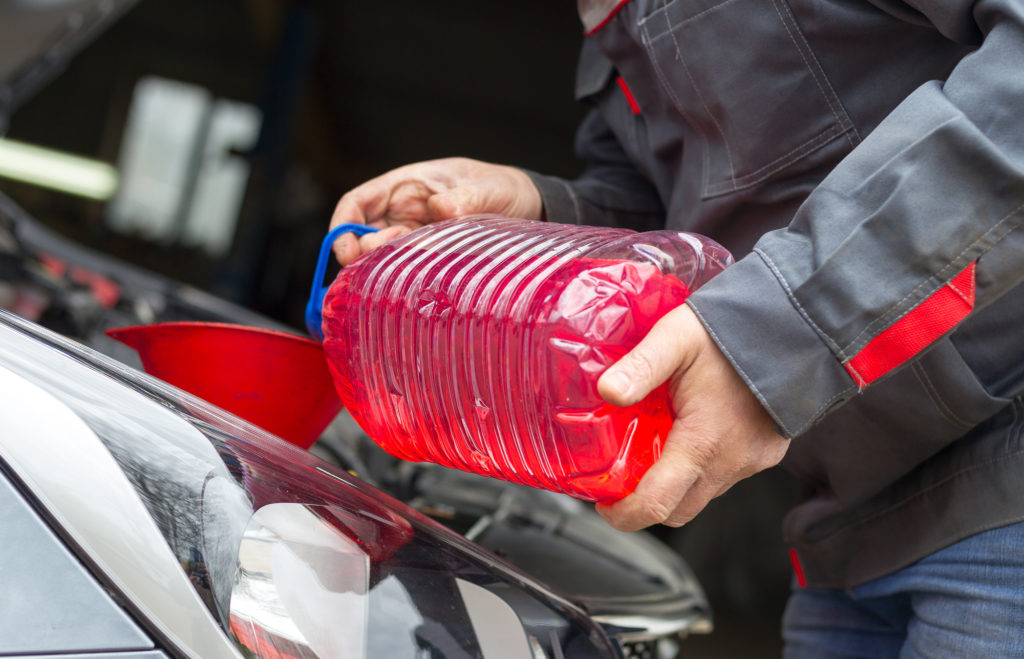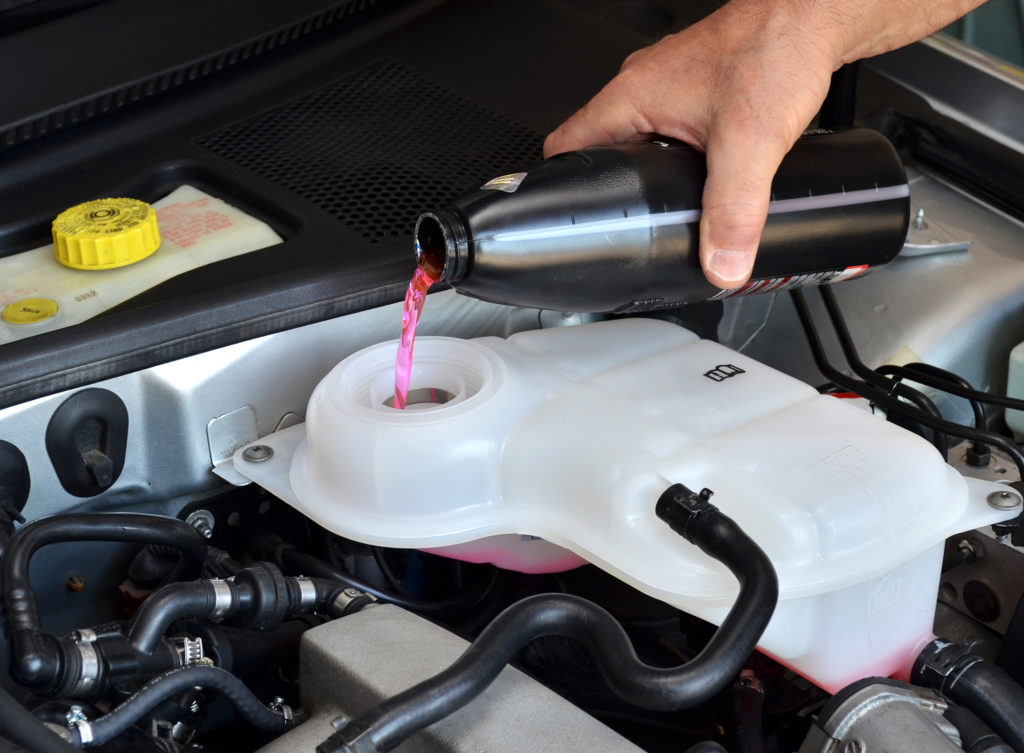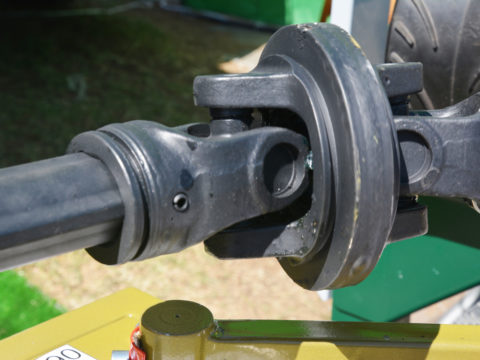Ask any driver what one thing they hate the most about driving, and you’ll probably get a whole slew of answers, but you can bet that one answer will most likely be a common, recurring theme: seeing a light pop-up on the dashboard. And while it’s tempting to ignore these annoying light-up symbols, ignoring them can come at quite a hefty cost. Transmission warning lights are no exception to this rule, and ignoring them can spell disaster for you and your vehicle, but thankfully, there are some relatively easy ways to prevent any chaos.

Contents
Driving with Low Transmission Fluid
Many people often ask if they can continue driving their vehicle even when their transmission fluid is low. The short answer is no. If your transmission warning light comes on, or you suspect there may be a problem with your transmission, it’s important to stop running your vehicle right away. Driving with low transmission fluid can have a very detrimental—and very dangerous—impact on both you and your vehicle, given that the transmission is such a vital component in making your car run properly.
Transmission fluid is vital because it acts both as a lubricant and hydraulic fluid, helping the gear shifting process as a whole. This fluid is also vital because it helps to cool the transmission.
If you suspect a leak, there are some simple ways to tell if what you’re seeing is a transmission fluid leakage. For the most part, transmission fluid is light-colored or almost clear or pink, and this is most likely a sign of a healthy transmission. Healthy fluid generally has little to no smell, and if a scent is present, it may smell slightly sweet.
3 Common Symptoms of Low Transmission Fluid
Having a warning light appear on your dashboard is the most obvious indicator that a problem is occurring, but there are other indicators, as well.
Overheating
One of the most common symptoms is the overheating of the transmission itself. Overheating can happen when leaks are present, the fluid is old (dark read of brown shade), or if too much fluid has been added, as this can cause too much pressure to build within the transmission.
The fluid’s smell can also play a role in helping pinpoint the issue; if it smells burnt, there’s a good chance there’s an internal issue going on.
Leaks
Leaks are also a common symptom of a transmission issue and can occur when the pan has been damaged or punctured. Leaks can also happen when the fluid lines themselves are damaged.
Noise
In addition to overheating and leaks, noises can be a tell-tale indicator that something isn’t right. If you hear a whining sound, there likely is an issue with your fluid line being clogged, or a problem is occurring with your torque converter. If you have an automatic transmission and the sound you’re hearing is more of a grinding noise, there is a high probability that the planetary gear system in your car is not functioning properly.
How to Check Transmission Fluid
Checking your fluid is essential to the overall health of your car, and it’s not as hard or as time-consuming as it may seem. Follow the steps below to make sure your next drive is a smooth one:
- Locate the transmission dipstick – The dipstick will be found under the hood, and usually is further back in the engine bay. Because it is often confused with the engine oil dipstick, the dipstick for transmission fluid is often a different color or has a transmission symbol or marking on it. In newer vehicles, a dipstick may not be present, so be sure to refer to your vehicle’s owner’s manual for guidance.
- Assuming your vehicle has a transmission dipstick, you’ll want to warm your engine up and leave the car idling on a flat plane; do not attempt this on an incline. Be sure to set the parking brake, as well. This is especially crucial if you leave the car in neutral.
- Without driving the car, depress the brake and cycle through all the available gears.
- Remove the dipstick, wipe it clean with an old shop towel or rag, then replace it and remove the dipstick again. Based on how high the fluid comes up on the dipstick, assess if the fluid level matches the “full,” “low,” or “fill” marks on the dipstick.
- While the dipstick is still out, place it on a white surface to accurately assess the color of the fluid.
If the fluid is low, there isn’t necessarily a need to panic. However, low fluid almost always means there is a leak, even if it hasn’t been made visible to you yet. Topping it off can help serve as a test to see how long it takes before you’re topping it off again. Depending on that time interval, this can be a good indicator of the severity of your transmission fluid problem.
To fill your transmission fluid yourself, you’ll need a funnel, and you’ll need your owner’s manual handy to ensure you’re using the correct fluid for your vehicle.
- Insert the funnel into the tube you withdrew the dipstick from
- Slowly pour a small amount of fluid into the pipe.
- Check the level each time you add more fluid to ensure you do not overfill it. The ideal level will

Transmission Fluid Service Costs
In most parts of the United States, the average price for changing your transmission fluid can range from $80-$250, with independent garages being significantly cheaper than taking your vehicle to a dealership. If you have the know-how, doing it yourself can be cheaper, and on average, can save you an average of $40 or so.
FAQs
How long can a car run without transmission fluid?
Because the fluid is needed to shift, the gears in your transmission will not be able to rotate, thus rendering it virtually impossible) to drive, especially for those with automatic transmissions.
Can low transmission fluid cause stalling?
Yes. For those with automatic transmissions, if a malfunction of the torque converter is present, the engine may stall as a result.
What happens if you run out of transmission fluid while driving?
For your safety—and your vehicle’s—it’s important to stop and get help right away.
Can transmission fluid get low without a leak?
Generally speaking, no. This is especially the case with newer vehicles. While the fluid may not be present on the ground, it is leaking somewhere within the internal components of the vehicle.
Can you just add more transmission fluid when its level goes low?
You can. However, this is not recommended and only serves as a bandage to the overarching problem, and you’ll be topping it off again before you know it. It’s better to get the problem professionally diagnosed and fixed as soon as possible.
How often should you fill your transmission fluid?
This is dependent on what type of transmission you have. For manual transmissions, transmission fluid changes should generally occur every 30,000 to 60,000 miles. Automatic transmissions can run successfully within longer intervals and should be changed every 60,000-100,000 miles.














